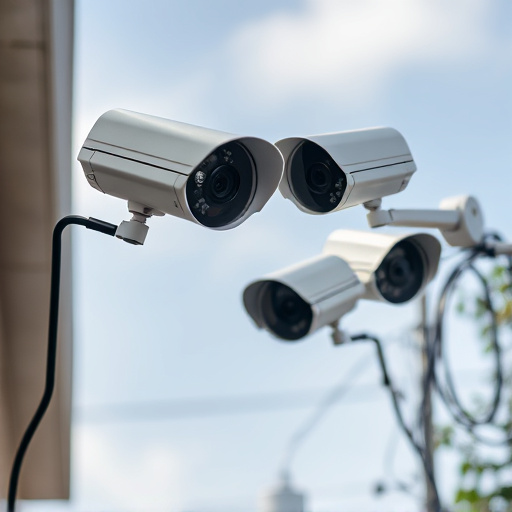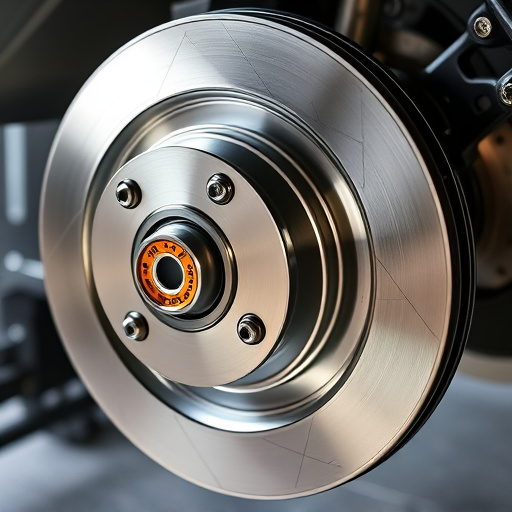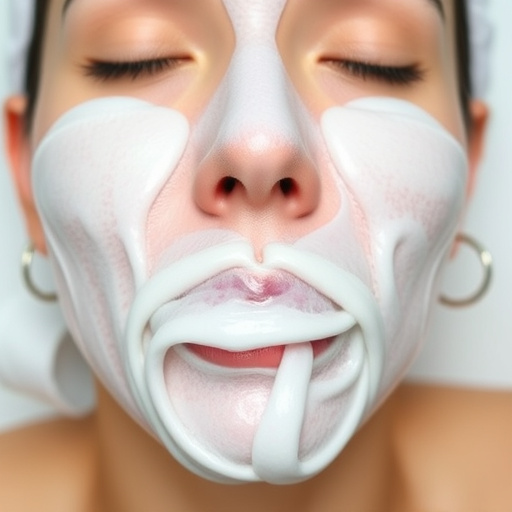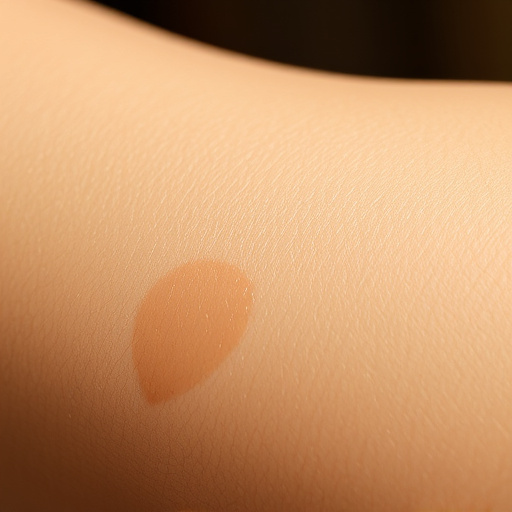Understanding hair growth cycles is key for effective painless laser hair removal. Sessions target active anagen phase hairs (2-7 years) with optimal spacing of 4-6 weeks, adjusted based on skin type, hair color, and growth rate. Customized plans from dermatologists or specialists consider body areas and individual needs, while maintaining healthy skin supports results.
Considering painless laser hair removal? Understanding your hair growth cycle is key. This guide breaks down how often you should receive treatments, focusing on factors like treatment frequency and spacing. By knowing your body’s unique needs, you can optimize results and enjoy long-lasting smoothness. Discover the ideal interval between sessions for effective, lasting hair reduction with painless laser technology.
- Understanding Your Hair Growth Cycle
- Determining Treatment Frequency
- Factors Influencing Session Spacing
Understanding Your Hair Growth Cycle

Understanding your hair growth cycle is key when considering painless laser hair removal. Hair grows in phases, typically lasting between 2 and 7 years. During the anagen phase, hair grows actively, making it the most susceptible to laser treatments. This is why multiple sessions are often required—lasers target the anagen hairs, which helps reduce hair growth over time. Knowing that different areas of your body have varying growth cycles, with legs and underarms typically having a longer anagen phase than facial areas, allows for a more tailored treatment plan.
Each session focuses on active growing hairs, so timing is crucial. Your dermatologist or certified specialist will determine the optimal frequency between treatments based on your hair type, skin tone, and the area being treated. This personalized approach ensures that you get the best results, with minimal discomfort. Additionally, understanding the cycle helps set realistic expectations, as laser hair removal isn’t a one-time fix; it requires regular maintenance to sustain long-lasting results, much like customized facials for wrinkle reduction or acne treatments.
Determining Treatment Frequency

The frequency of your painless laser hair removal treatments depends on several factors, including skin type, hair color, and growth patterns. Generally, sessions are spaced 4-6 weeks apart for optimal results. Lighter hair and darker skin require more frequent visits as the laser targets melanin in both the hair and skin, and a higher concentration of melanin allows for better absorption of the light energy. During your initial consultation at a reputable medical spa services, professionals will assess your specific needs to determine the ideal treatment plan.
Personalized skincare routines play a crucial role in enhancing the effectiveness of laser treatments. Between sessions, it’s essential to maintain healthy skin by using gentle cleansers and moisturizers and avoiding harsh exfoliants or sun exposure, which can increase sensitivity. Additionally, chemical peels or other specialized treatments might be recommended pre- or post-laser sessions for extra smoothness and to target specific skin concerns, further complementing your personalized skincare routine.
Factors Influencing Session Spacing

Several factors determine how often you should schedule painless laser hair removal sessions. One key consideration is your skin type and hair color. Darker hair requires more intense light energy, so treatments may be spaced further apart to avoid potential side effects like skin irritation or pigment changes. Lighter hair may require more frequent visits as the laser’s effect is less potent.
Another influencing factor is the area being treated. Different body parts have varying rates of hair growth and thickness. For instance, legs might need sessions every 4-6 weeks, while underarms could be treated every 2-3 months. Additionally, individuals with faster hair growth rates or those seeking complete hair reduction may require more frequent visits compared to those aiming for maintenance to reduce hair growth. Customized facials and anti-aging treatments can also play a role in scheduling, as some non-surgical treatments might coincide with laser hair removal sessions for optimal results.
Painless laser hair removal is an effective solution for managing unwanted hair, but the ideal treatment frequency varies based on individual factors. By understanding your hair growth cycle and considering variables like skin type and hair color, you can determine the optimal spacing between sessions. Regularly reviewing your progress and consulting with a professional ensures you receive the best possible results from your painless laser hair removal journey.














